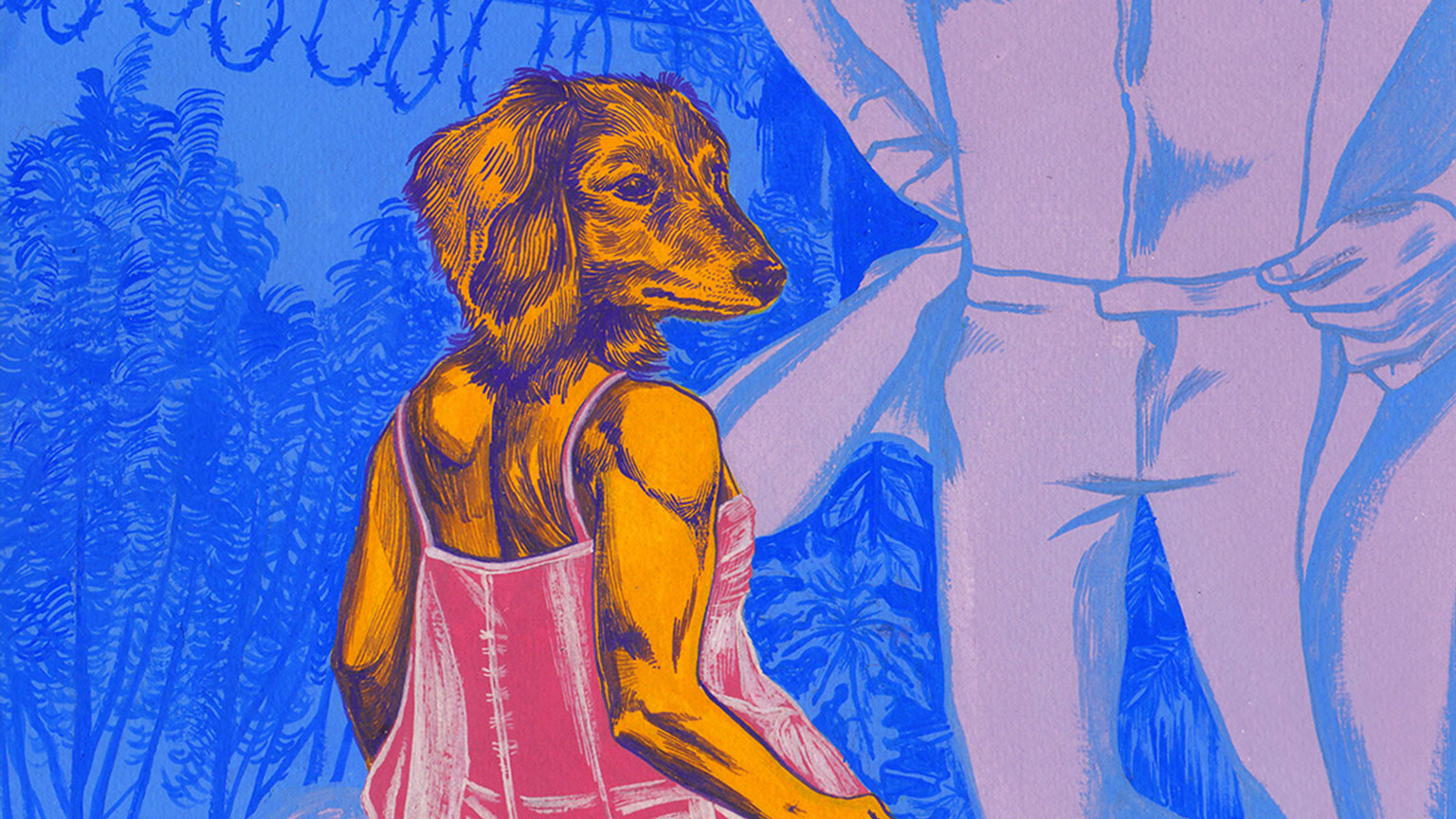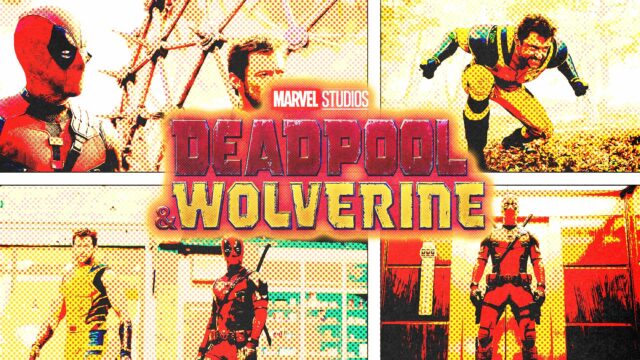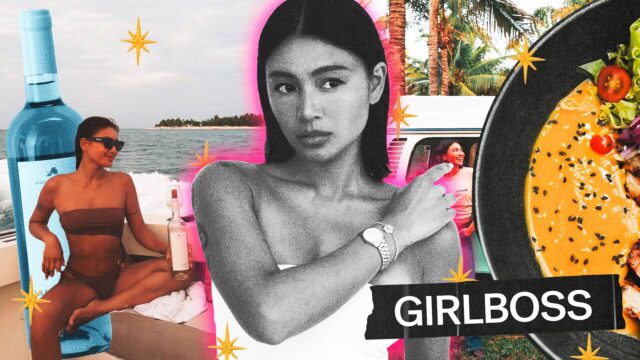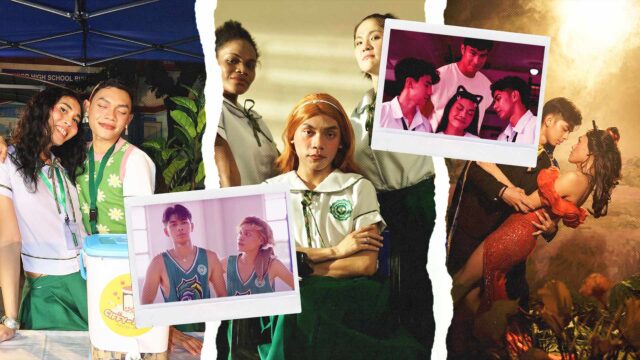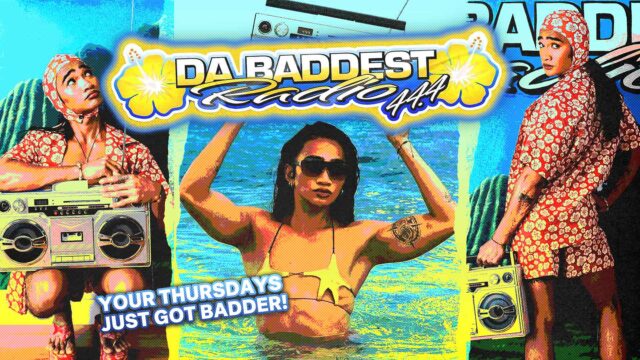In strokes of confidence, statement-making color, and surreal subversions, Brent Sabas is drawing up the queer reality in Good Boys.
Related: THE F-WORD: THIS IS WHY WE NEED TO TALK ABOUT FEMME-SHAMING AND FIGHT BACK
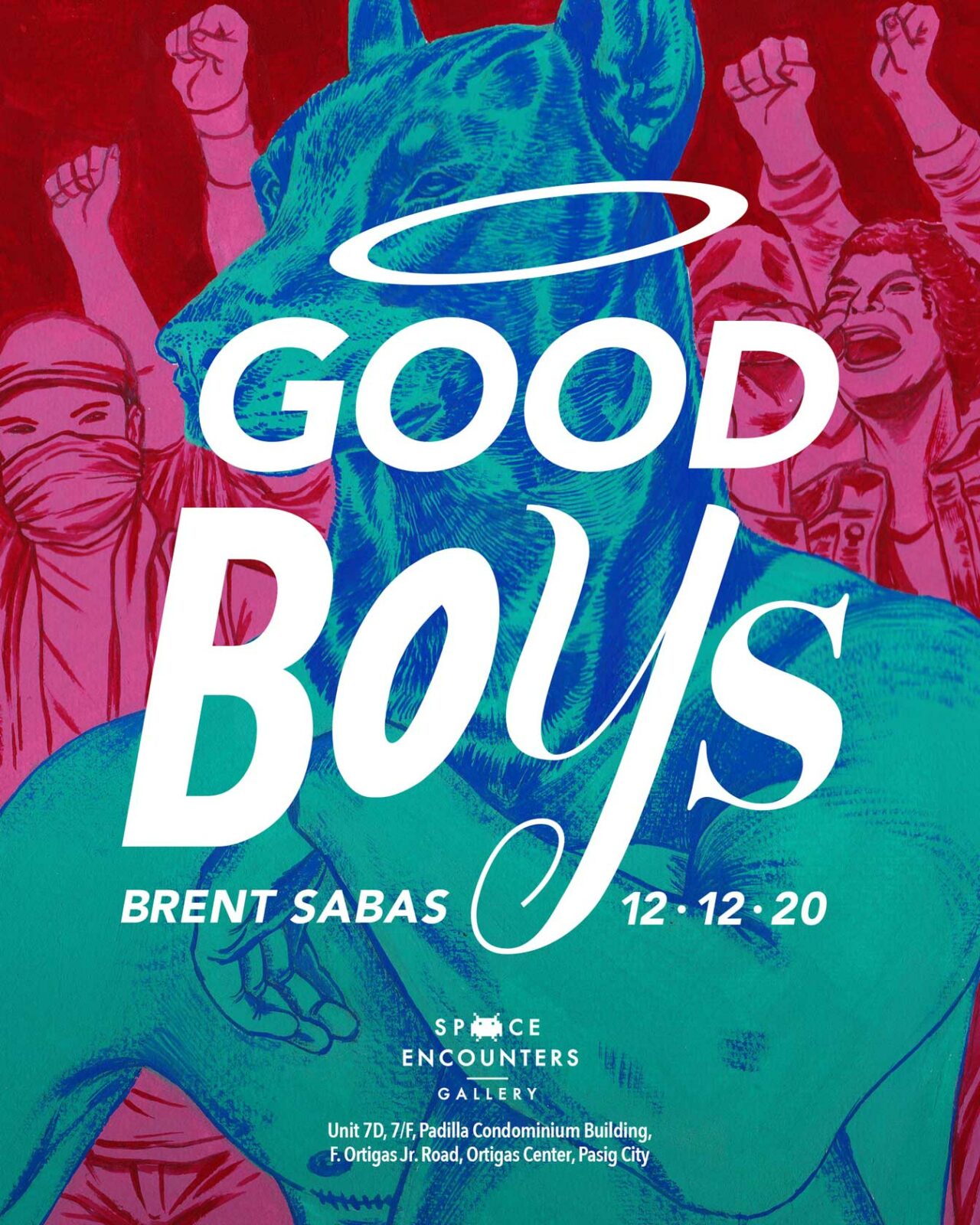
No matter where one’s moral compass points to and perceived correctness lies, it can be said that we are constantly on the pursuit of what is good. Whatever the paradigm may be, and whether you like to admit it or not, there exists a constant chase to be the right one or the best of. Even dogs are reared to this baffling mindset, when in shrill voices that belie our age and maturity, we verbalize: “Who’s a good boy (or girl)?”
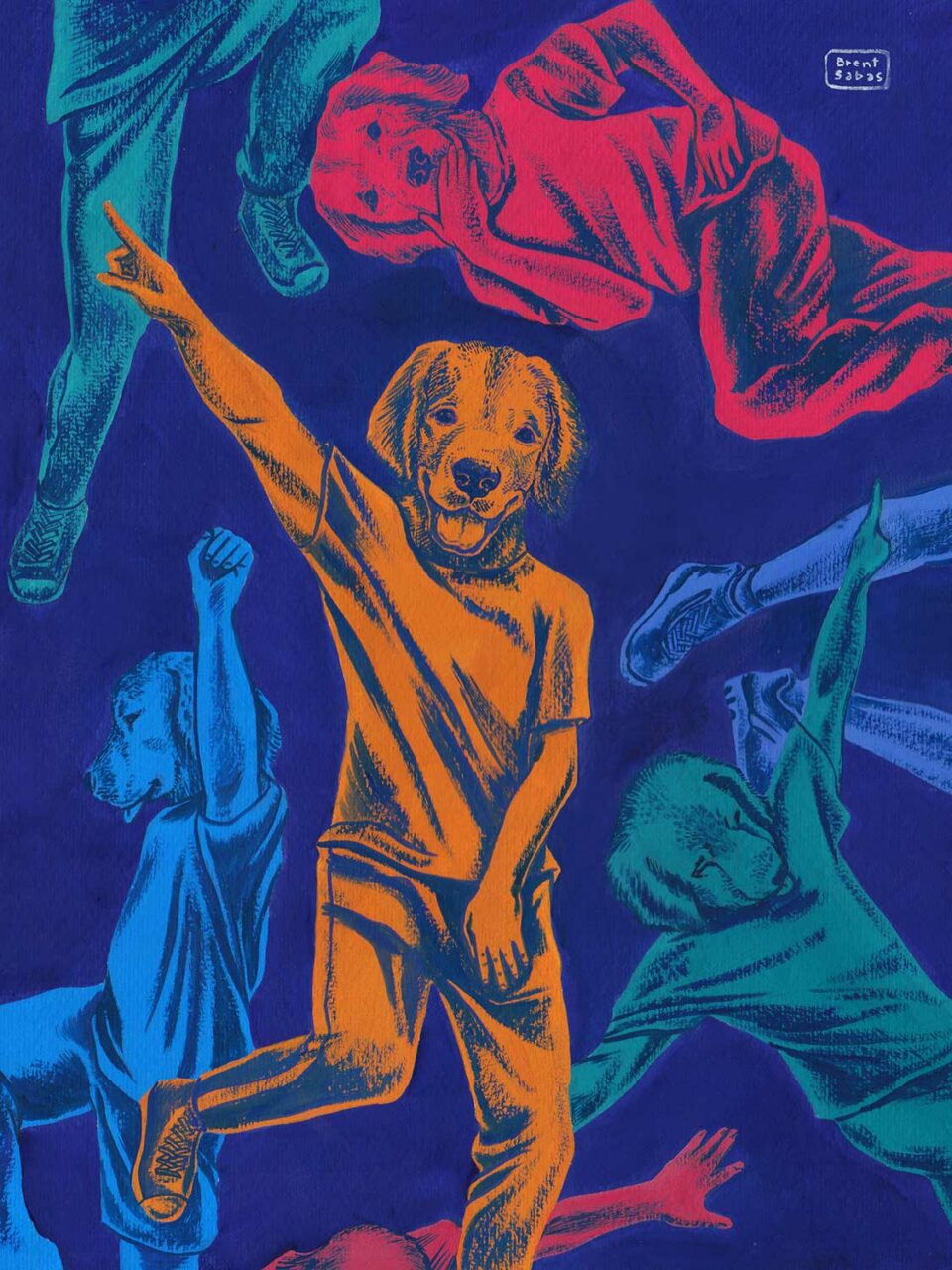

It is this seemingly mundane language that inspired and guided artist Brent Sabas in his latest solo exhibit, Good Boys. Rounding out what has been quite frankly a year we generally wouldn’t file as strictly good, the illustrator known for his mostly anthropomorphic (human-animal hybrids) works that essay an underlying assertion of social and moral justice wanted to counter the bad image painted by the pervasive high-horsing of a still conservative and narrow-minded society on queer boys. Here, Brent Sabas isn’t merely drawing the queer image for the mere sake of, but rather, he is, at least to the audience, subverting the continuing conversation of gender that are both ironic and a clear reflection of realities.
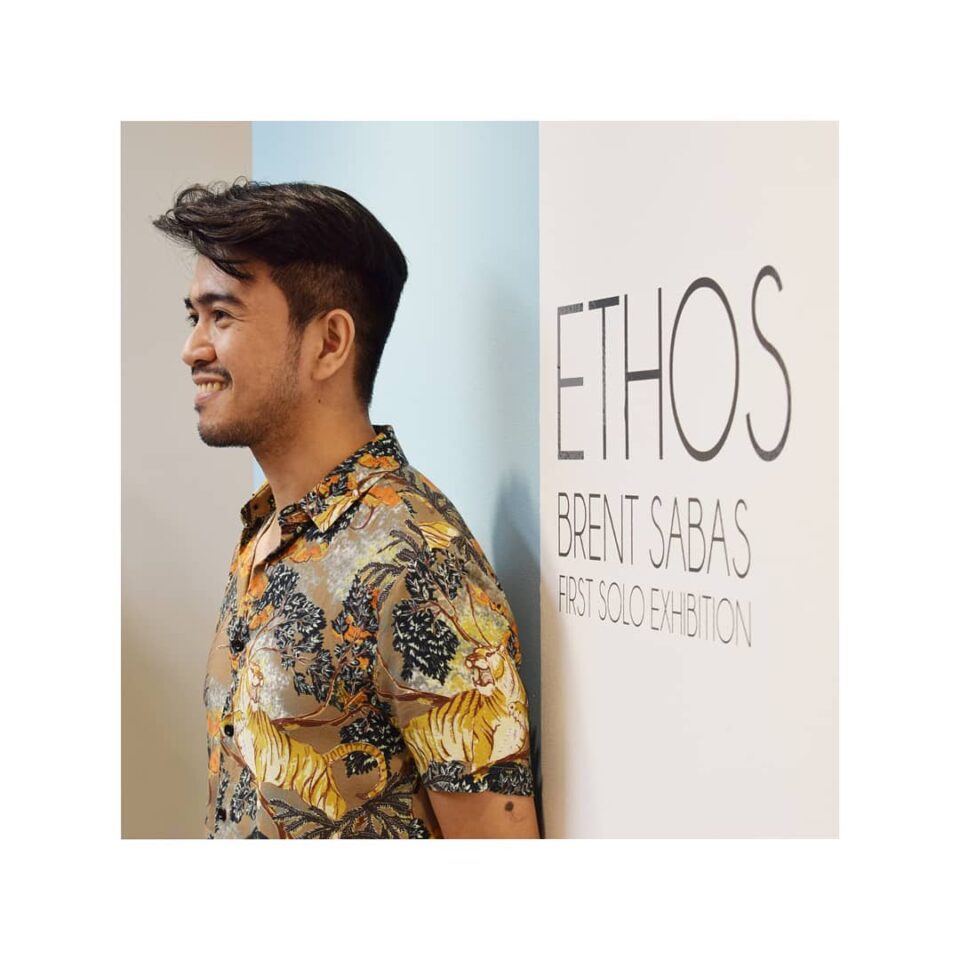
“My works are colorful and fun, but are usually born out of our dark realities. A lot of times they are inspired by real people, maybe because I’m more of an extrovert and I like the energy of being surrounded by different characters and personalities,” he discloses. “I’m always interested in someone’s backstory, why did he react that way, or made that decision kind of stuff.” Where Good Boys is a series of imaginations come to life in the illustrated format and rendered in gouache on acid-free paper, it also importantly functions as a truth seeker on the lives of the subjects sketched in a rather surreal sense. From the fine strokes and statement-making personalities he has assembled, Brent Sabas is pitching in the reclamation of the queer narrative by telling the stories of different shapes and points-of-view in varied stages of their lives. “All good. All queer. All normal,” as its host, Space Encounters Gallery, writes on Instagram. “Good Boys frame stereotypes of goodness in a queer context so the viewers realize, it’s the same thing. Good is good and fun is fun whoever you are.”
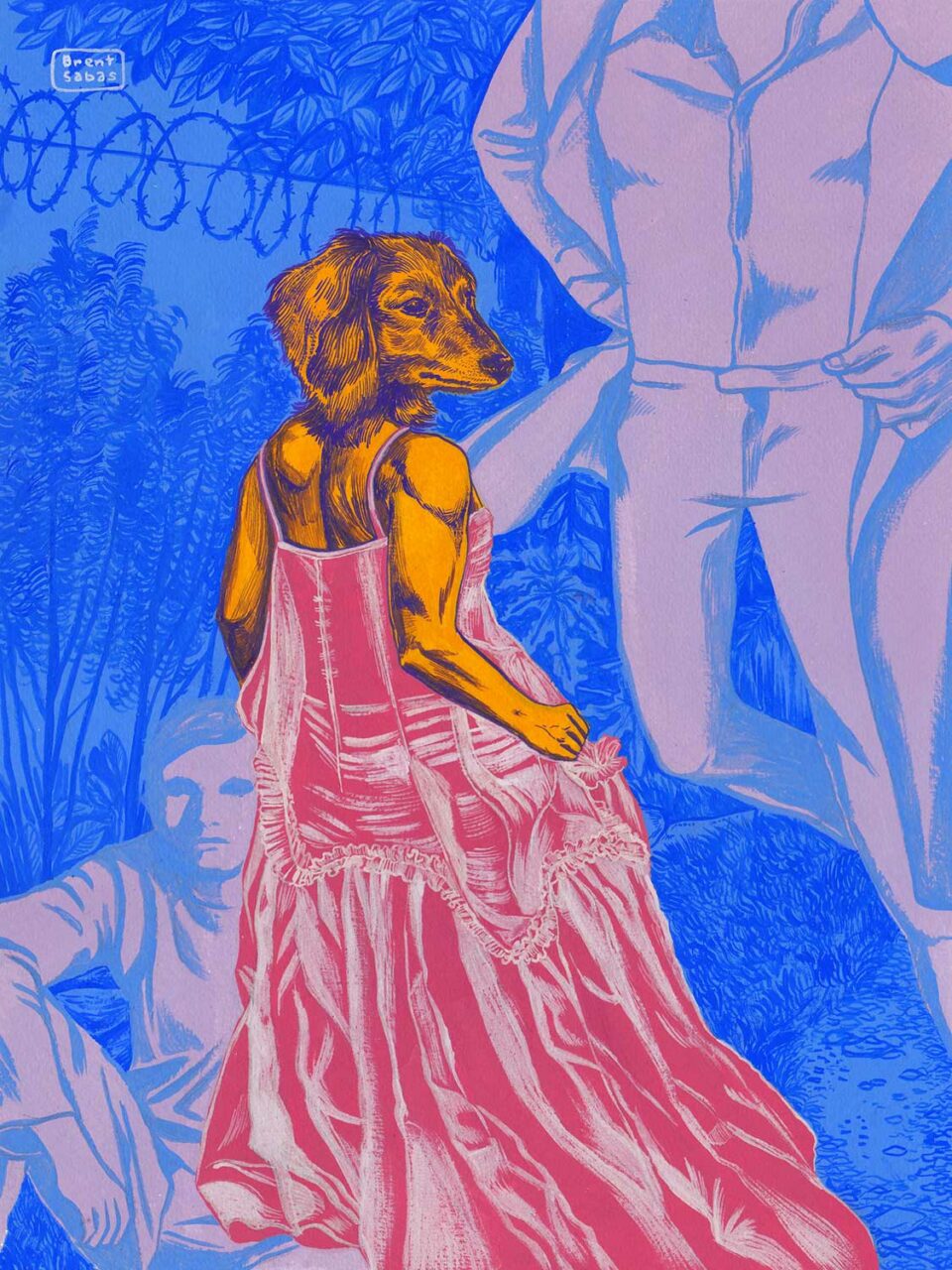
In a work of active resistance, as is signature to his portfolio of works and exhibits, Good Boys isn’t just a pat in the head for the vibrant and vivacious souls that color the queer spectrum. A necessary shedding of light into the persistent plight of the LGBTQIA+ community in what remains to be an elusive equality, this is a subversion that takes up space in the consciousness of a society that desperately needs to be shaken to good sense. Consider this as an act of barking up the right trees, because for as long as these stories are written, drawn, and expressed in however one desires, our dog days will one day be over, finally.
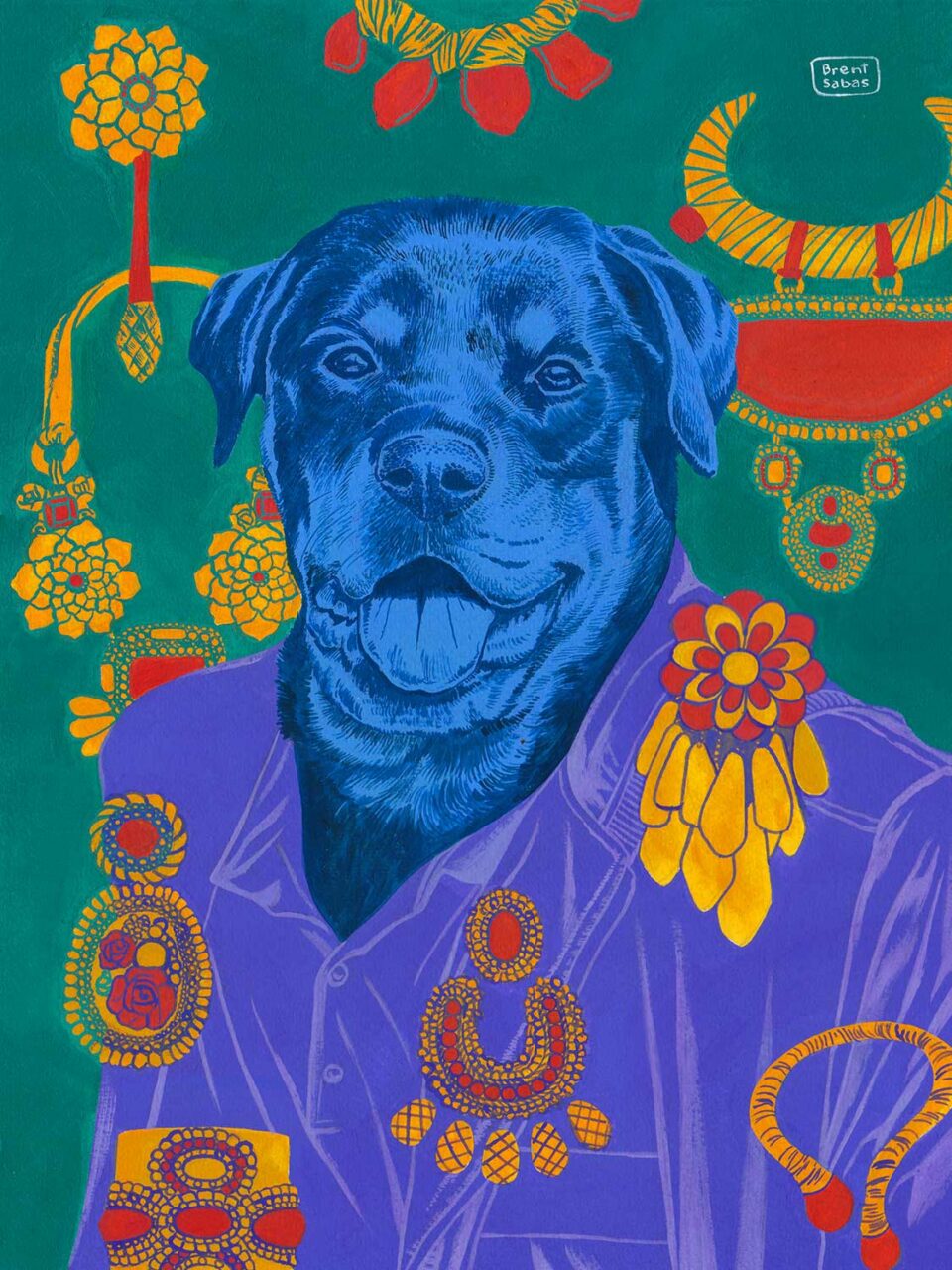
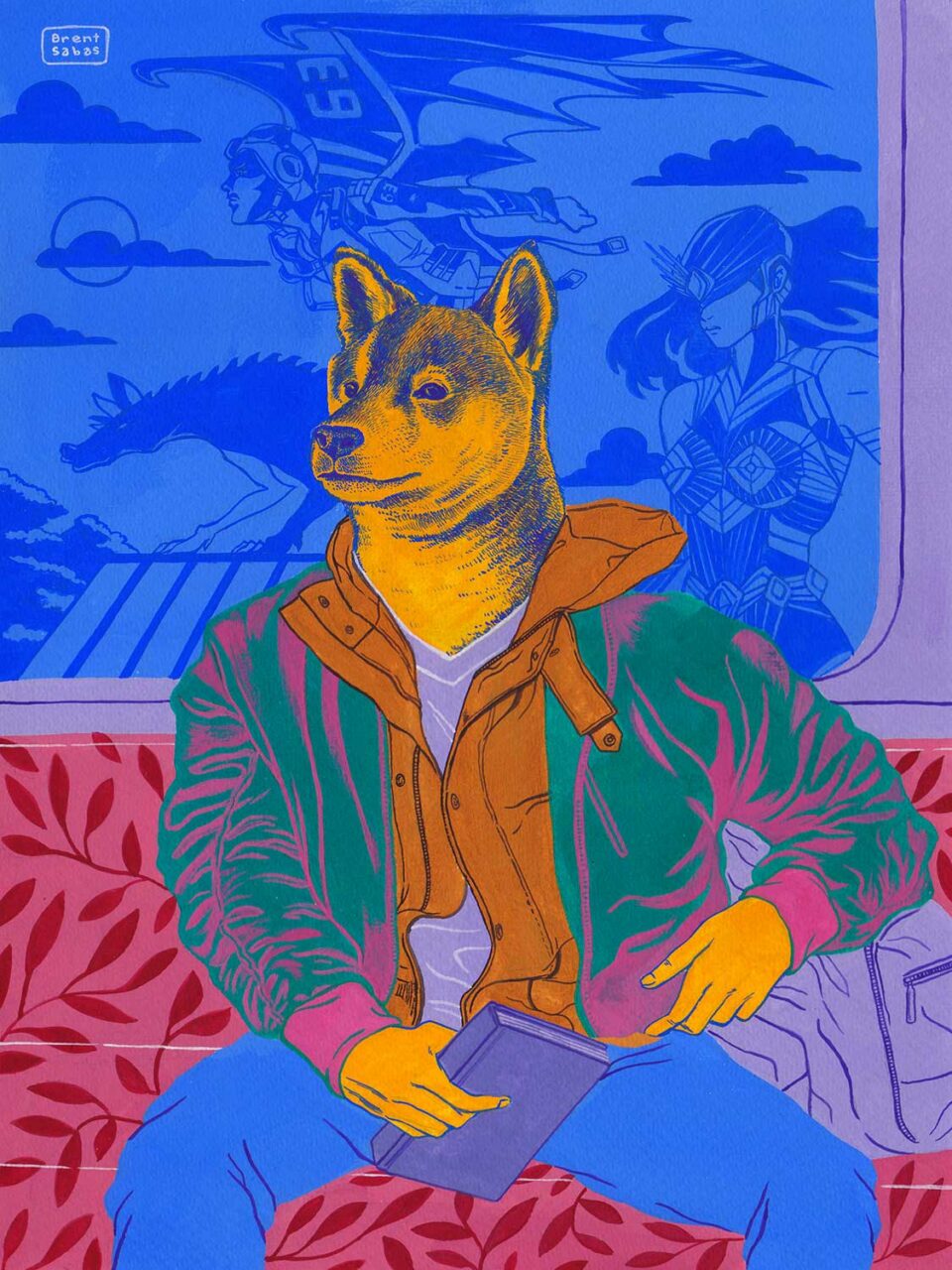
NYLON Manila (NM): Your work mostly deals with a hybrid of animals and human beings as a singular entity. Why is the fascination with this stroke of surrealism? Is there some sort of overarching statement to this?
Brent Sabas (BS): I still ask myself why I’m so fascinated by these characters. Maybe, one, because I grew up with animals like we had a small “barn” in our backyard in Caloocan when I was a kid. We had pigs, turkeys, ducks, goats, and chickens, apart from our pet dogs and cats. Two, we use animals in idioms or as metaphors to effectively describe or insult someone. Like we use “buwaya” for corrupt politicians, “baboy” as form of disgust, “parang bibe kung maglakad” to describe a guy as effeminate, “parang aso’t pusa” for people who quarrel a lot. It’s ingrained in our language. And, three, animals were part of our childhood. They are always visible in books, comics, cartoons, and kiddie TV shows.
NM: A lot of your works have a social push to them. Why is it important for you that art, especially one of your own, speaks in this kind of language and dynamics?
BS: I was a cartoonist in our school paper in high school so using art to express my opinions in politics is not alien to me, but Nina Simone perfectly captured it. In her documentary, What Happened, Miss Simone, she said, “it’s an artist’s duty to reflect the times in which we live.” That line, for me, (sounds funny) is like the Star of Bethlehem. It gave me a clearer direction of the place of artists in society and made me truly realize that art is indeed political and being an artist is a responsibility. And given our political climate now, we need artists more than ever to speak out and reflect on the times.
NM: What brought about this current exhibition, Good Boys? This time, what did you really want to say in this series of artworks?
BS: For the longest time, we’ve been trying to educate people about how boys can be feminine, and we come in different shapes, sizes, and personalities, and that queer boys are also productive members of society. We’re all normal beings like straight people, you know. For Good Boys, I wanted to highlight us and our personalities, skills, and backgrounds to show that queerness is just a facet of our whole being. It’s frustrating that despite giving a lot of ourselves to the community, some people still put our sexual preference in the spotlight and make us look like we’re the bad guys.
NM: What was the process of essaying this set? How did the diverse and unique assemblage of personalities and alter ego come about?
BS: At the beginning of the process, I know that I wanted the pieces to be inspired by real people and I don’t have to look far away because I am surrounded by queer boys with diverse personalities and backgrounds. I also needed to feature boys who are comfortable and confident about who they are. Truth is I’m kind of frustrated because I wanted to feature more representations across the queer boy spectrum but given the limitations of time, I wasn’t able to do that. Baka I’ll do a “remastered” version of this show in the future. (Wow, very album.)
NM: How did your art evolve (if at all) in 2020, and what will we expect to see more of in the year to come?
BS: I used to work with pen and ink so my works were mostly black and white and sometimes with a pop of color details. I might go back, who knows? But I just started exploring and getting serious with (gouache) painting this pandemic. I’m still exploring the medium and I don’t have a solid look yet that’s why my show before Good Boys, Brighter Corners at Galerie Stephanie, which was held three months prior, had a different approach, because until now, I’m still clueless about what I’m doing. But I needed to get my ass moving, so I just did the work. I really wanted to move away from realism and be more playful with the colors and elements and also incorporate stronger symbolisms in my visuals. Hopefully, I’ll achieve that sooner.
GOOD BOYS runs until January 4, 2021 at Space Encounters Gallery, Unit 7D, 7/F, Padilla Condominium Building, F. Ortigas Jr. Road, Ortigas Center, Pasig City
